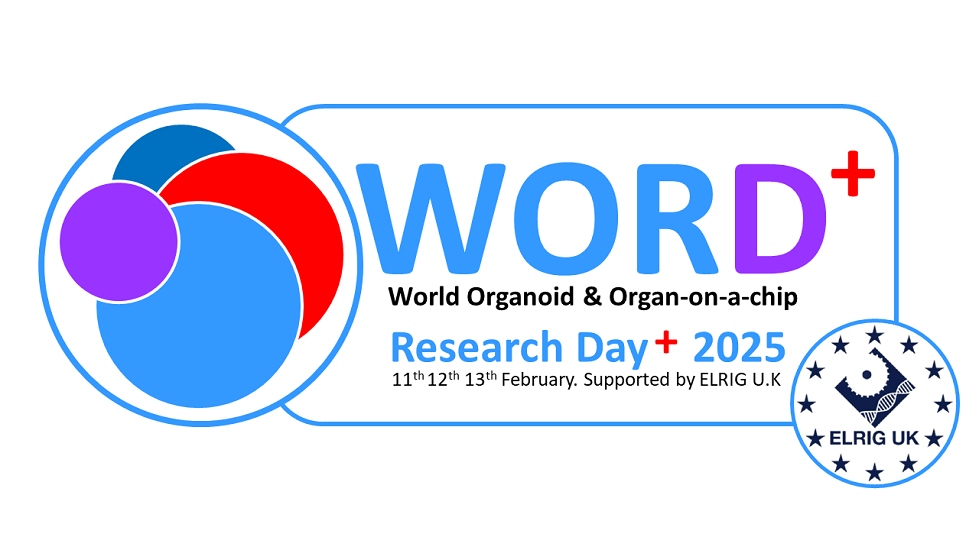Authors
M Le Compte1; C Deben1;
1 Tumoroid screening lab, Belgium
Overview
Leveraging a pancreatic cancer (PDAC) organoid panel (N=8) and AI-driven image analysis, we correlated ex vivo patient response with clinical outcomes. Patient-specific sensitivities to gemcitabine-paclitaxel and FOLFIRINOX were identified using advanced growth rate-based metrics. The single-organoid analysis detected resistant and invasive clones, which correlated with patient PFS, hence offering insights and clinical potential in personalized medicine and drug discovery.
Introduction
PDAC is one of the most lethal diseases, characterized by a treatment-resistant and invasive nature. Recently, PDAC organoids emerged as promising tools for precision oncology. Unfortunately, current assay readouts only extract a fraction of the information that organoids could potentially provide us. Therefore, we hypothesize that by incorporating an AI-based analysis method on a single-organoid resolution, we can further unlock the predictive performance of tumor organoids.
Methods
As a proof-of-concept, we included treatment-naïve (N=4) and pre-treated (resistant) PDAC patients (N=4). Each patient's 200 organoids/well (384-well plate) were treated with clinically relevant FOLFIRINOX, Gemcitabine/Nab-Paclitaxel, and corresponding monotherapies (5FU, Irinotecan, Leucovorin, Oxaliplatin, Gemcitabine, Paclitaxel). We optimized our method to quantify single-organoid responses and correlated this with the clinical response.
Results
We observed clear differences in terms of cytostatic and cytotoxic effects between each individual patient, highlighting the heterogeneity of response. Moreover, these responses were in concordance with the clinical observations. Lastly, the single organoid resolution provided us in depth information regarding the presence of resistant subclones, which correlated with the PFS of the patient.
Conclusion
We have successfully developed a clinically-relevant multi-parametric organoid readout that is able to take the variance (heterogeneity) in treatment response between different organoid clones into account. Furthermore, our data addresses the need for including inter-clonal organoid responses, since this enables a more accurate prediction of the patient-specific clinical outcome (e.g. not only predict a reduction in tumor volume, but also predict resistance and relapse.

